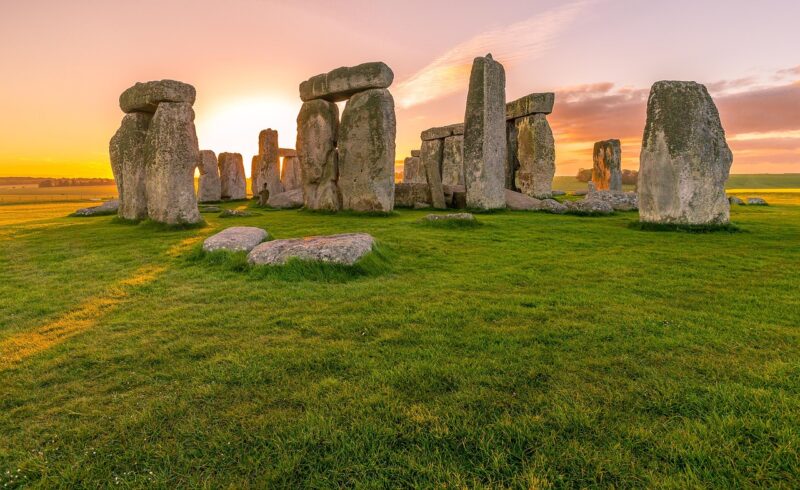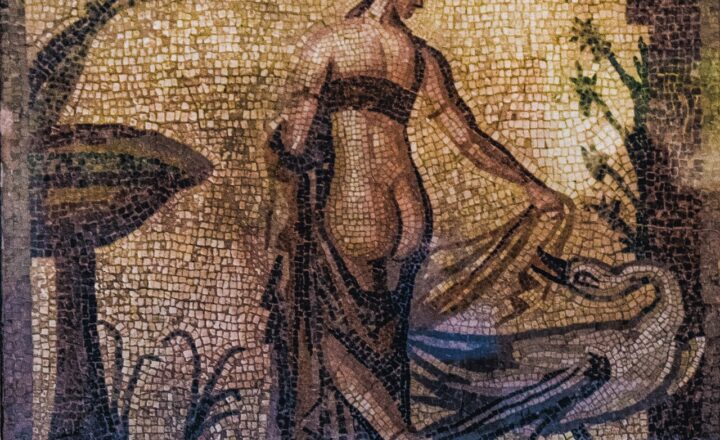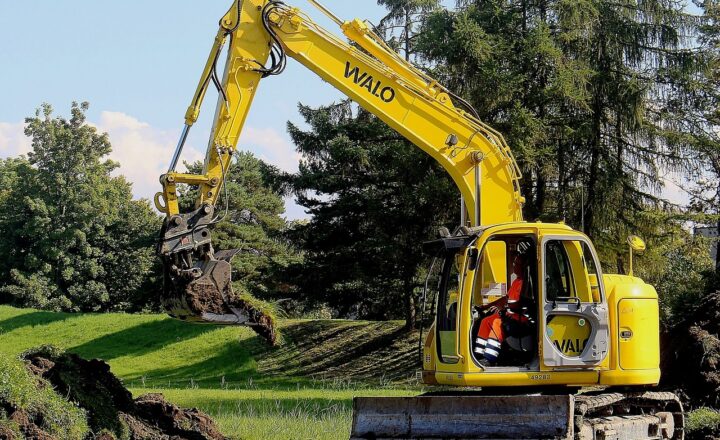The Mystery of Stonehenge: New Clues Reveal Ancient Secrets
November 12, 2024

Stonehenge, the iconic prehistoric monument located on the Salisbury Plain in Wiltshire, England, has fascinated historians, archaeologists, and tourists alike for centuries. Its circular arrangement of massive standing stones, some weighing as much as 25 tons, raises questions about the ancient society that created it. The monument’s purpose, the methods used to transport and position the stones, and the rituals performed there have remained shrouded in mystery. Recent research, however, is shedding new light on this ancient wonder.
1. A Brief History of Stonehenge
Stonehenge was built in stages between 3000 BC and 2000 BC. The original structure, established during the early Neolithic period, consisted of a circular earthwork enclosure. Of note is the discovery of numerous burial mounds and evidence of extensive human activity around the site, suggesting that Stonehenge was a significant location for ancient rituals and ceremonies.
The most recognizable phase of Stonehenge began around 2500 BC when the massive sarsen stones were erected, followed by the placement of the smaller bluestones. The bluestones are believed to have originated from the Preseli Hills in Wales, approximately 200 miles away, adding an additional layer of intrigue regarding how they were transported.
2. Theories Behind Stonehenge’s Purpose
For centuries, scholars have debated the purpose of Stonehenge. Several theories have emerged, including:
- Astronomical Observations: Some researchers believe that Stonehenge was used as an astronomical observatory, aligning with the solstices and equinoxes. This theory suggests that the ancient people who built Stonehenge possessed advanced knowledge of celestial events.
- Burial Practices: Evidence found near the site indicates that Stonehenge may have served as a burial ground where the dead were honored. Human remains dating back to the same era as the construction of the stones have been discovered, suggesting that rites and rituals were conducted there.
- Gathering Place for Social Events: Some archaeologists propose that Stonehenge was a gathering spot for rituals, ceremonies, and festivals, such as those associated with fertility or seasonal changes. The social aspect of the site could have played a significant role in the community’s functions.
3. New Discoveries and Technology Unravel Ancient Secrets
Recent advances in technology and archaeological methods have enabled researchers to uncover new clues regarding Stonehenge’s origins and purpose. Techniques such as ground-penetrating radar and 3D modeling have revealed:
- Hidden Structures: Subsurface scans have uncovered previously unknown features surrounding Stonehenge, including hints of additional stone circles that predate the existing structure, suggesting that Stonehenge may have evolved over time from even older monuments.
- Transportation Routes: Studies have suggested possible routes taken by the ancient builders to transport the bluestones, including evidence of a river transport system that could explain how these heavy stones were moved over significant distances.
- Ritual Activity Areas: Archaeological excavations have identified areas of ritual activity, such as feasting sites, that demonstrate the significance of Stonehenge as a gathering place, enhancing our understanding of its role in Neolithic society.
4. The Role of the People in Stonehenge’s Construction
Understanding who built Stonehenge offers valuable insight into the community that thrived during its construction. Recent genetic studies indicate that the people responsible for constructing Stonehenge were likely part of a larger, interconnected group of prehistoric societies across Britain and parts of Europe.
These communities exhibited a culture marked by advanced agricultural practices, long-distance trade, and monumental architecture. Such a collaborative effort required a sophisticated organization and shared belief system that extended beyond local boundaries.
5. Conserving Stonehenge for Future Generations
As one of the most important archaeological sites in the world, protecting Stonehenge is paramount. The British government, alongside various organizations, is dedicated to preserving the site from the impacts of modernity, including climate change, tourism, and development.
Recent initiatives aim to manage visitor access while ensuring that the area surrounding Stonehenge remains undisturbed. These efforts help maintain the historical integrity of the site and promote ongoing research to further uncover its mysteries.
Conclusion
Stonehenge continues to be a source of intrigue as new technologies reveal ancient secrets and illuminate the lives of the people who built it. Whether a religious site, astronomical observatory, or gathering place, its legacy is firmly entrenched in our shared history. As we uncover more about this enigmatic monument, Stonehenge reminds us of the ingenuity and spirit of the ancient communities that shaped our world.
As researchers continue to explore and debate its significance, Stonehenge remains not only an archaeological marvel but also a symbol of humanity’s quest for understanding its past. The layers of mystery, history, and cultural significance continue to inspire those who visit and study this remarkable site.







